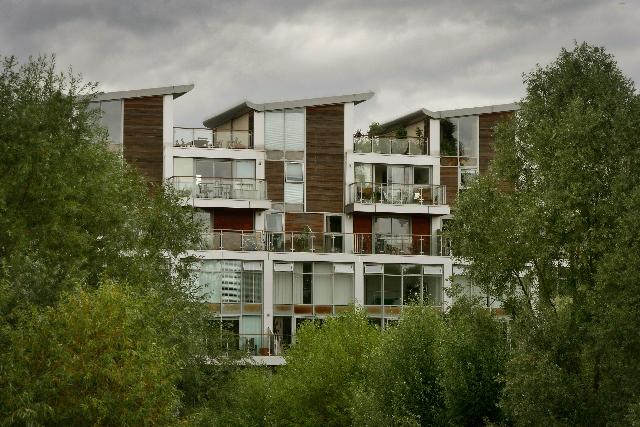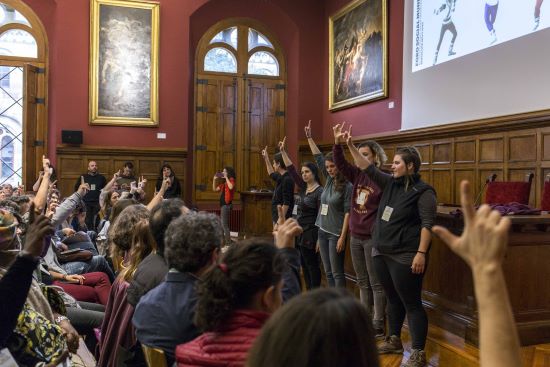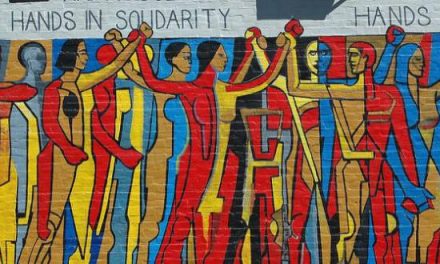By SAW-B, Belgium
SAW-B had published a series of analyses on housing by Emmanuel Massart that we already published in October 2021 newsletter and that we wanted to add to the thematic newsletter on Participatory Housing (May 2022).
– Pathways to habitat, a rendezvous with the city
“Housing’, ‘habitat’? Behind the curtain of words, visions of the world are at play. How do we create society, through the act of living? What is the meaning of spaces? Housing’ and ‘habitat’ tell us in their differences how lines can be drawn between individuals and the city that surrounds them. By intersecting these two terms, we will see the appearance of particular spaces, the fold of the habitat. These are born outside the strictly private and individual space, but within the street and the public and collective space. These folds deserve to be examined because they are levers of proximity for the city. A few examples will light our way, located in Brussels, a city where differences run through it acutely.
Download the analysis (in French).
– The others of the habitat
In a previous analysis, a distinction was made between ‘housing’ and ‘habitat’. In a dwelling, we can observe the junction between the strictly private and individual space on the one hand and the street and the properly public and collective space on the other. This has been referred to as a “fold”. Housing co-ops are particularly concerned by this issue. This text immerses us in the history and environment of a particular housing co-op, of which the author is an active and reflexive member. What is the point of a habitat, if there are no others to come and inhabit us? At the end of this account is a questionnaire for grouped habitats that are wondering about their relationship with their world and would like to put it to work.
Download the analysis (in French).
– Collectively reclaiming the soil of the city
Interested in the original Community Land Trust (CLT) system imported to Belgium from the USA, the author, Emmanuel Massart, met with the workers of the Brussels CLTB association as well as with several inhabitants. History crossed with the collected stories and allowed him to question the concept of property. Private property, this individual ideal, often a sign of a successful life, should not obscure the challenge for society to ensure universal access to housing. Since 2012, the CLTB has been building a singular path where shared ownership of land is a foundation. This is the history that is recounted here in this first analysis.
Download the analysis (in French).
– Rebuilding the city through a network of habitats?
In this second part, Emmanuel talks about the ambition of the CLTB, which is much more than providing a roof over the heads. From the observations and interviews carried out, the challenge that emerges is that of building the city, in the links, in the walls and with a political vision. A hypothesis gradually emerges from the reading of these two texts: does the CLT develop a policy of emancipation through its housing tool?
Download the analysis (in French).














